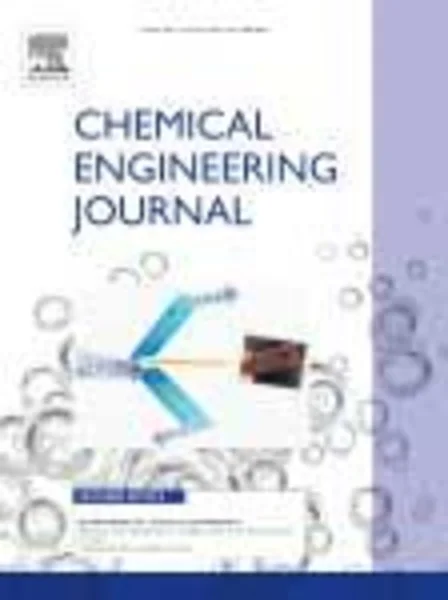-
coke formation in copper catalyst during cyclohexanol dehydrogenation: kinetic deactivation model and catalyst characterization
جزئیات بیشتر مقاله- تاریخ ارائه: 1392/01/01
- تاریخ انتشار در تی پی بین: 1392/01/01
- تعداد بازدید: 585
- تعداد پرسش و پاسخ ها: 0
- شماره تماس دبیرخانه رویداد: -
a deactivation study of a commercial copper zinc oxide catalyst (t-2130, süd-chemie) used in dehydrogenation of cyclohexanol to cyclohexanone in the gas phase has been carried out. the experiments were performed in a continuous fixed bed reactor (tubular stainless steel, inner diameter 0.85 cm, length 25 cm), at 290 °c and atmospheric pressure, at different times on stream (0–200 h) and space times (w/folo ratios from 10.5 to 37.4 gcat h/mol). pseudo steady state cyclohexanol conversions in the range of 16–48% were reached. a constant residual coke of about 7 wt.% of the total weight of catalyst was found at higher space time. the effect of gas composition (cyclohexanol, cyclohexanone and hydrogen) in the feed on both cyclohexanol conversion decay and coke formation was studied. the coke content increased as the cyclohexanone content in the reaction media did, meanwhile coke content was lower when hydrogen concentration was increased. a residual activity of about 30% respect to initial activity was achieved at high times on stream. this value depends on the gas mixture, being lower when cyclohexanone concentration increases or hydrogen concentration decreases.
مقالات جدیدترین رویدادها
-
استفاده از تحلیل اهمیت-عملکرد در ارائه الگوی مدیریت خلاقیت سازمانی و ارائه راهکار جهت بهبود
-
بررسی تاثیر ارزش وجوه نقد مازاد بر ساختار سرمایه شرکت های پذیرفته شده در بورس اوراق بهادار تهران
-
بررسی تأثیر سطح افشای ریسک بر قرارداد بدهی شرکت های پذیرفته شده در بورس اوراق بهادار تهران
-
بررسی تأثیر رتبه بندی اعتباری مبتنی بر مدل امتیاز بازار نوظهور بر نقد شوندگی سهام با تأکید بر خصوصی سازی شرکت ها
-
تأثیر آمیخته بازاریابی پوشاک ایرانی بر تصویر ذهنی مشتری پوشاک ایرانی (هاکوپیان)
-
تحلیل دینامیکی مسائل دو بعدی الاستیک به روش ایزوژئومتریک
-
بررسی تأثیر بازاریابی عصبی بر بهبود به یادسپاری پیام های تبلیغاتی
-
بررسی نقش سلامت و آرامش روانی بر یادگیری دانش آموزان
-
بررسی معماری بومی در بناهای مسکونی تبریز (نمونه موردی خانه بهنام)
-
پراکندگی فلزات سنگین آرسنیک و آنتیموان در خاک های اطراف معدن سرب و روی آهنگران – ملایر
مقالات جدیدترین ژورنال ها
-
مدیریت و بررسی افسردگی دانش آموزان دختر مقطع متوسطه دوم در دروان کرونا در شهرستان دزفول
-
مدیریت و بررسی خرد سیاسی در اندیشه ی فردوسی در ادب ایران
-
واکاوی و مدیریت توصیفی قلمدان(جاکلیدی)ضریح در موزه آستان قدس رضوی
-
بررسی تاثیر خلاقیت، دانش و انگیزه کارکنان بر پیشنهادات نوآورانه کارکنان ( مورد مطالعه: هتل های 3 و 4 ستاره استان کرمان)
-
بررسی تاثیر کیفیت سیستم های اطلاعاتی بر تصمیم گیری موفق در شرکتهای تولیدی استان اصفهان (مورد مطالعه: مدیران شرکتهای تولیدی استان اصفهان)
-
روش کشف تقلب در پایگاه داده گرافی
-
بررسی نقش رهبری در ایجاد فرهنگ تفکر استراتژیک در کارکنان شهرداری خمین
-
نقش کارآفرینی در مدیریت کسب وکار
-
تحلیل فقهی و حقوقی مصارف اموال عمومی
-
مطالعه شاخص های هنری پوشاک قوم کرمانج




سوال خود را در مورد این مقاله مطرح نمایید :